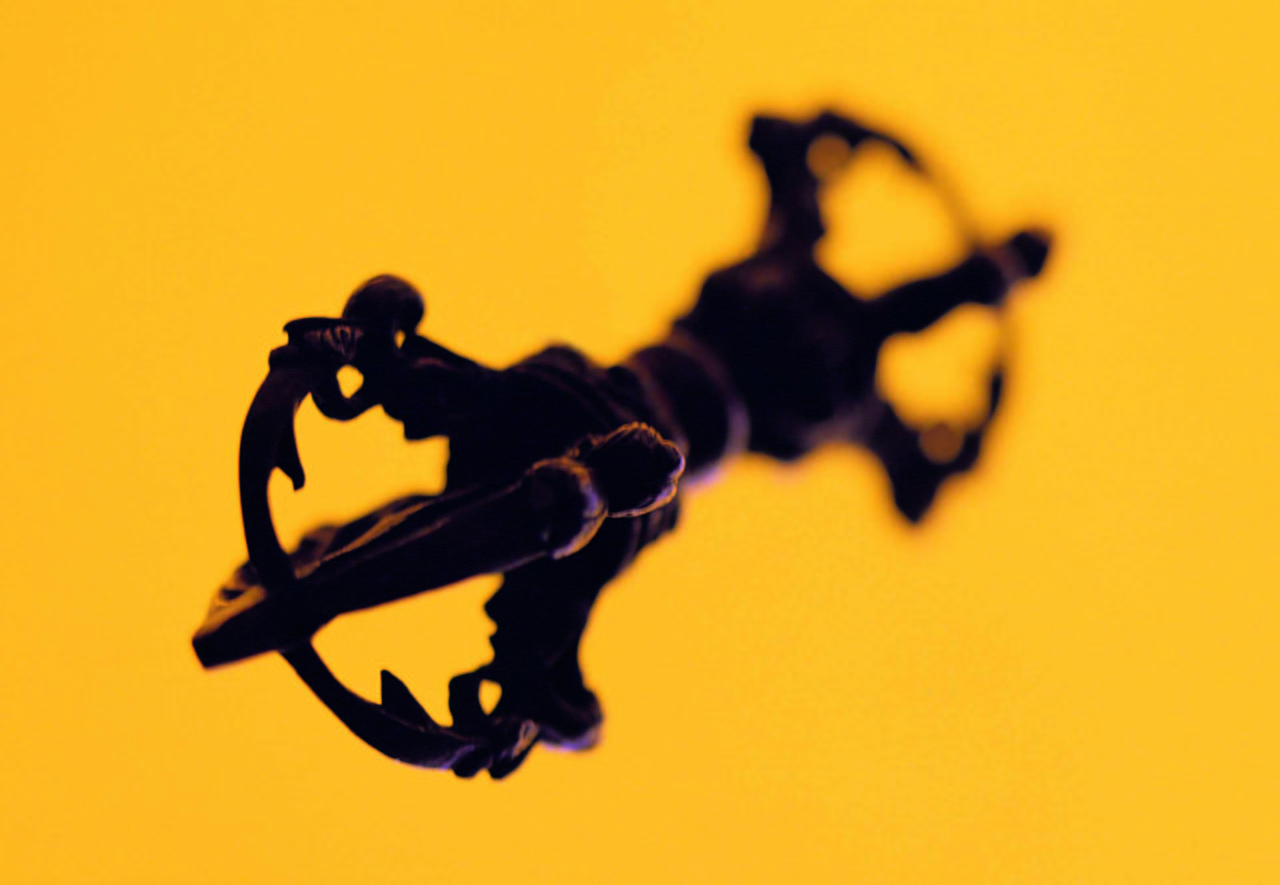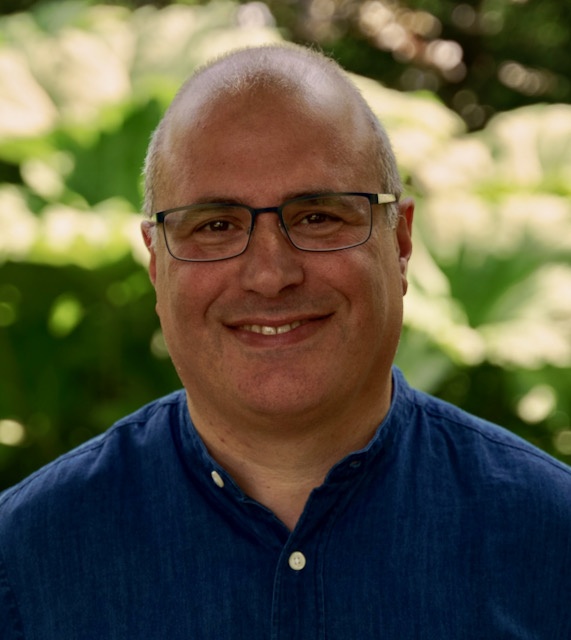Ten years ago I travelled to Delhi and found myself caught in the confusion, strong emotions and intense politics of a mass conversion to Buddhism among India’s dalit community.
It was the day before the mass conversion, which Ram Raj promised million people would attend, and this was a crisis. He appeared at my hotel the day I arrived in Delhi. ‘Quickly,’ he said, ‘we have little time,’ and six of us crammed in a car. Raj barked into his cell-phone, as we weaved through the crazy Delhi traffic
Raj explained: ‘ I’m underground. This morning the government banned the conversion, and they want to arrest me. They say so many people converting will threaten public order. So they’ve barricaded the venue, and are turning back people travelling here.’ The car arrived at Raj’s headquarters where he gave an instant press conference. ‘This affronts freedom of religion. The Hindus are afraid. Their time is ending!’
Raj is a dalit, one of 150 million considered ‘untouchable’ under the Hindu caste system. For millennia they have been the lowest of India’s low. Untouchability was outlawed, but their position is like American blacks’ after slavery. Prejudice, even atrocities, are common, and, unlike racism, these have a religious sanction. Though the world has ignored it, some consider caste a worse iniquity than apartheid, and affecting far more people. Hinduism offers dalits nothing, and they’re turning to Buddhism
The key to these events is Dr Ambedkar, the dalit leader who dominates the community’s consciousness 45 years after his death. He represented dalits in independence negotiations, and framed India’s constitution, which outlawed untouchability. Ambedkar knew that politics was not enough and that a religious solution was required. For years Dr Ambedkar pushed to reform Hinduism, but Gandhi proposed only that Brahmins should moderate their attitudes. Dr Ambedkar concluded that caste and Hinduism were inseparable and that the dalits must help themselves.
In 1956, at a vast meeting in Nagpur, Dr Ambedkar took the Refuges and precepts, and then initiated 500,000 others into Buddhism. Millions more followed them in the following months. Dr Ambedkar was far more than a politician. In the hutments and shantytowns of his native Maharashtra, Ambedkar’s picture sits on a million shrines alongside the Buddha, representing dalit dignity, hope and freedom Ambedkar told his followers that Buddhism offered a new birth, but they must practice its teaching to fulfill its promise.So alongside social aspirations many of that first generation wanted deeply to understand their new faith. But Dr Ambedkar died six weeks after converting and just a few individuals (notably the English Buddhist, Sangharakshita) kept the flame alive. Ambedkar’s movement has been riven by factionalism, though some few have found ways to practice Buddhism effectively
47-year old Raj entered the scene as a leader of the three-million dalit government employees, the new dalit middle class, who’ve benefited from affirmative action provisions. India’s present government, the reactionary Hindu BJP, threatens to roll this program back and, desperate to protect dalits’ slender hold on social advancement, Raj’s organization opposed the government with increasing fervor. Following Dr Ambedkar’s example, and perhaps seeking to don his mantle, he announced last year that he would convert to Buddhism. Dalits and other low-caste communities, faced by resurgent Hindu supremacism, have been stirred, and millions are reportedly planning to convert across the country. Raj himself believes that tens, perhaps hundreds of millions will become Buddhists while Christians hope to win these converts for themselves.
When the day came, around 10,000 crammed Ambedkar Bavan, the emergency venue, and many others were doubtless turned away or put off by the announced cancellation. Raj was dressed in layman white, and surrounded by dalit Bhikkhus. After reciting the Refuges and precepts, Buddhapriya Bhikkhu gave him a new name – Udit, ‘having risen’ The atmosphere was two parts political to one part religious, but in India, religion and politics are inseparable. Religion is identity, and in becoming Buddhists the dalits claim the right to define themselves. ‘What was Dr Ambedkar’s last wish?” went the chant. ‘That we adopt Buddhism,’ came the reply. People punched the air as speakers criticized the BJP and dalit leaders who opposed the event.
Dr Ambedkar told his followers that if they were Buddhists in name alone little would change. For Raj conversion is the goal. Many Ambedkarite Buddhists are wary of him, but he is charismatic, focused, and making waves. If nothing else, the conversions sow a seed.
The crowd, joined by newcomers, marched to Ramlila ground, the original venue. Barricades and a phalanx of riot police met them. The crowd turned their back on the police, and Buddhapriya led a second conversion ceremony from the roof of a building. It was an apt symbol of the struggle of the dalits, excluded for so long from Hindu society, to be their own masters. Dr Ambedkar’s ‘peaceful Dhamma revolution’ is on the march again, but India is a fraught, polarizing society and no one can predict the consequences if the Hindu order is truly threatened.
This article first appeared in Tricycle: The Buddhist Review in 2002



this one line represent his GREATNESS
Dr.AMBEDKAR (1891-1956)
B.A.,M.A.,M.Sc.,D.Sc.,Ph.D.,L.L.D.,D.Litt.,Barrister-at-Law,
MOST EDUCATED INDIAN SCHOLAR OF HIS TIME !!! !! !
circulate… .. .